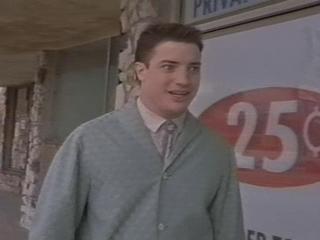GEORGIA BULLHAWGS
Knows what a fatty is.
- Joined
- Jun 28, 2010
- Location
- Waycross...
Amazon.com: Taylor 1470 Digital Cooking Thermometer/Timer: Kitchen & Dining@@AMEPARAM@@http://ecx.images-amazon.com/images/I/41DppVFaqzL.@@AMEPARAM@@41DppVFaqzL
This is the thermometer that I use. I have 2 of them, they work very well.
The probe and the lead that plugs into the machine can withstand 392* without damage, which you should never encounter when smoking.
You stick the probe in to the part of the meat that you are wanting to make sure is done before pulling, and when it gets close to the temp you know is done, that is when you check things out and go by feel of everything.
I put the probe into the point in the brisket, and when it gets to 190* I start probing it to see where the meat is at. If it is still resisting the probe, I cook longer, like mentioned above 5* increments is a good standard. When it clides in and out without any resistance, pull it, and let it rest.
There is nothing wrong with using a thermometer, and in fact in my opinion a crap shoot when you are not using one.
This is the thermometer that I use. I have 2 of them, they work very well.
The probe and the lead that plugs into the machine can withstand 392* without damage, which you should never encounter when smoking.
You stick the probe in to the part of the meat that you are wanting to make sure is done before pulling, and when it gets close to the temp you know is done, that is when you check things out and go by feel of everything.
I put the probe into the point in the brisket, and when it gets to 190* I start probing it to see where the meat is at. If it is still resisting the probe, I cook longer, like mentioned above 5* increments is a good standard. When it clides in and out without any resistance, pull it, and let it rest.
There is nothing wrong with using a thermometer, and in fact in my opinion a crap shoot when you are not using one.

